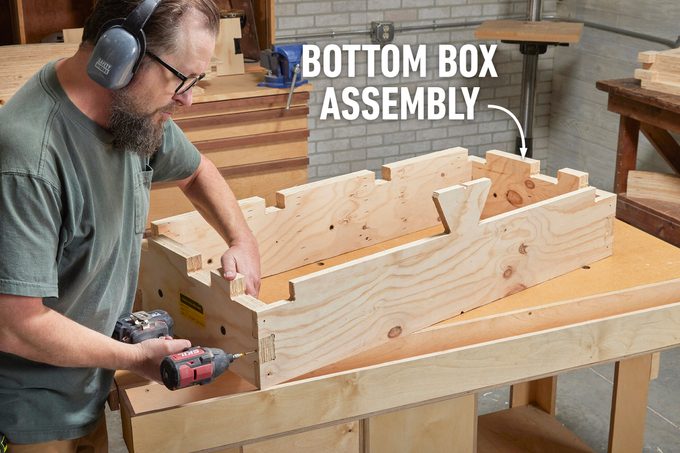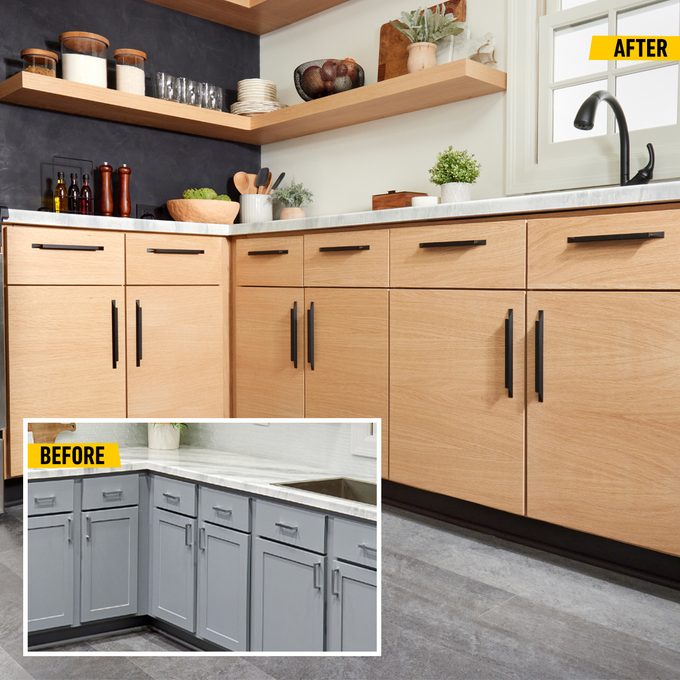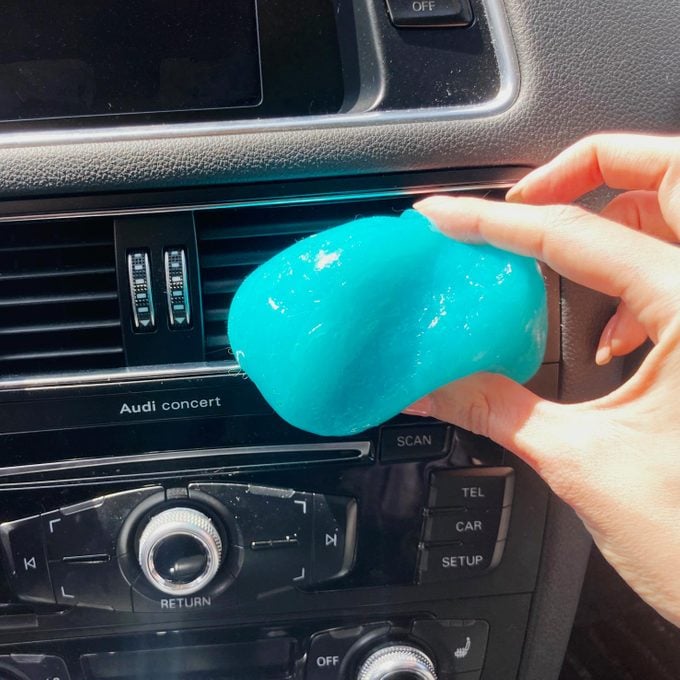Moles and voles can be real nuisances. One year, moles tunneled beneath an entire flower bed in my garden. How did I know? After a heavy spring rain, all the plants in that bed fell into the mole tunnels. It was a mole condominium down there. We had to haul in extra soil and replant every plant.
Here, we’ll uncover the differences between moles and voles.
What Is a Vole?
Voles, also called meadow mice, are nocturnal mammals that live above ground most of the time. These rodents resemble mice, except the adults are larger with chunkier bodies, dark-brown to black fur and short, fur-covered tails. Young voles are gray.
“There are 23 species of voles in the United States, and seven species can cause significant damage,” said Meg Pearson, technical training manager at Critter Control. “In Washington State, a population of 1,700 per-acre voles decreased apple orchard production by 35 percent resulting in an estimated loss of $3,000.”
According to Pearson, voles can breed throughout the year and the gestation period is only 21 days. Voles vary in range and geography, so the species that causes the most trouble depends on where you live.
Four of the most common voles are:
- Prairie voles: Live in the central U.S. in drier areas from Mexico to Ohio.
- Meadow voles: The most prolific species, these live in the Eastern half of the U.S.
- Woodland voles: Live in wooded areas of the Eastern U.S.
- Water voles: Protected by law, these live near and in bodies of water.
Voles have large teeth at the front of their mouths they use to eat vegetation. Voles mostly eat plant roots, seeds and grasses.
Although they form shallow, narrow runways mostly at ground level, you probably won’t notice them because voles don’t push up the soil into mounds like moles. Moles are frequently mistakenly blamed for vole damage.
Voles are more likely to damage ornamental plants, gardens and grass. Voles prefer areas of heavy ground cover to hide their homes from predators. They only occasionally tunnel underground to eat vegetation roots.
What Is a Mole?
Although they look like rodents, moles are actually in a different animal family, related to hedgehogs and shrews.
Moles are small burrowing animals that make underground tunnels as they search for food. Their fur doesn’t lie flat along their backs. Instead, it sticks up so dirt doesn’t get trapped within.
According to the National Wildlife Federation, “Most species live in meadow, grassland, woodland, wetland, or riparian habitats that lie along the edges of rivers, streams, lakes and other bodies of water.”
Said Pearson: “Moles spend most of their lives underground and feed on insects and earthworms below the surface. Mole damage is associated with their tunneling.”
Though moles can be irritating, they eat insects, including harmful ones like grubs.
Voles vs. Moles: Holes and Tunnels
You probably have moles if you see long dirt tunnels across your yard with piles at either end. Moles create shallow tunnels on the surface and mounds of soil from deeper tunnels. When you walk in your yard, the surface will feel squishy.
“Voles also dig dime-sized entrances to their burrows around the roots of plants,” Pearson says. “Following surface runways often leads to a vole hole.
“Voles cause visible damage to ornamentals and trees by eating away the roots and through girdling, which is chewing all around the bark of the plant. This cuts off the plant’s circulation and kills it. The gnaw marks are typically in irregular patches and at varying angles.”
Vole and Mole Control
Moles can be difficult to trap, so you may need to call in a professional. However, you can trap voles as long as they aren’t too numerous.
DIY vole removal
Oklahoma gardener Susan Kozaliek successfully eradicated voles from her yard. She discovered dying plants with visible damage to their roots, so she poured play sand into the voles’ exit holes to see which runs were active.
“Sand was super easy to pack down and identify because it was different from my regular soil,” said Kozaliek, “In active runs, the voles would kick out the sand.”
Kozaliek didn’t want to use poison, so she bought inexpensive mousetraps. She baited them with rolled oats and peanut butter, placing several traps near the voles’ exit holes outside active runs. She then covered them with small buckets and trash cans topped with bricks to stop them from blowing over and keep birds out. She began to catch voles each morning.
“It was extremely time-consuming, but after all the money I spent on new plants and the money I was going to spend on future plants, I knew I needed to get a handle on it,” said Kozaliek. She caught 45 voles in a couple of months!
Mole removal
As for moles, it takes a lot of patience and effort to trap them.
Many people use poisons because it’s easier. However, poisoning moles is considered inhumane and also risks poisoning hawks, owls and coyotes, which eat moles. Your dog may be attracted to the poison, too, because it’s usually meat-based and sometimes mimics moles’ food sources.
Kill traps can be effective, but they’re also considered inhumane. Plus, you must deal with the dead mole afterward.
For best results, place live traps in main, active mole tunnels. Uncover the tunnels by digging into the top of the soil near a hole with a stick or a post hole digger. It you notice the hole repaired in a day or so, it’s active.
You’ll need to dig a hole big enough to hold the trap. Place the baited trap in the hole and cover the area with soil and a weighted trash can or bucket. This prevents catching unintended animals, like birds, and helps you find the trap later. You’ll need to relocate the moles after catching them.
Of course, the best way to control moles is to remove their favorite food sources, grubs and worms. Try milky spore powder to kill grubs. Also, water less often; grubs and earthworms don’t thrive in dry soil.
Contact a professional if your mole or vole problem gets out of hand. Each situation is different, and be sure to check local laws on trapping and other control methods.
Article source here: Vole vs. Mole: What’s the Difference?








































